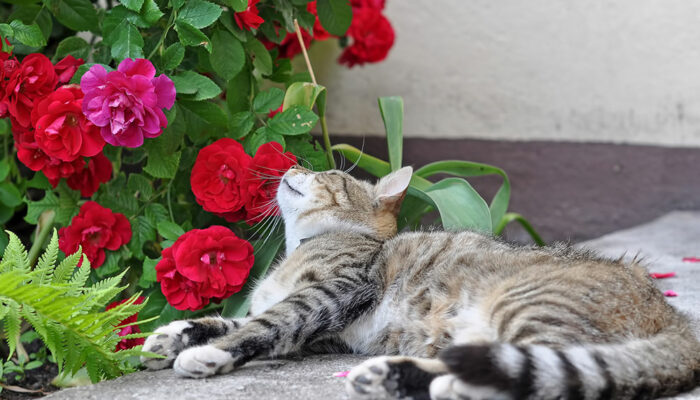
The Best and Worst Climates for Eczema Patients
Eczema is a skin condition that results in dry, patchy, scaly, and red skin that is very difficult to handle and can be quite painful. The condition causes skin irritation and pain and leaves you feeling uncomfortable all day long. Aside from triggers like stress, external climate is one of the biggest causes for the skin disorder. Here is a list of the best and worst climates for eczema that you should be aware of.
Worst climates for people with eczema
1. Extreme summers
Do you live in places where summer is hot and sun exposure is heavy most of the year? Then this could be playing havoc with your skin and could be the reason for your poorly controlled eczema. While a few minutes of sun exposure is considered good for the skin, excess UV radiations result in dryness in the skin and itch.
2. High humidity
In simple words, humidity is the presence of water in the atmosphere. When the amount of water vapor in the atmosphere is high, the humidity will be high too. While the right levels of humidity are considered favorable for eczema-prone skin, high levels of humidity are harmful. In the list of best and worst climates for eczema, excess humidity is bad because it can clog up the sweat glands, resulting in the condition flaring up.
3. Extreme winters
In the list of best and worst climates for eczema, winters are especially bad for people with the skin disorder. In winters, the humidity levels fall way down and dryness in the skin becomes a common problem even for those without eczema. When the climate is dry and cold outside and you start using internal heating systems at home, this results in quick changes in temperature as you move in and out of your house, resulting in flare-ups or worsening of an already existent case.
Best climates for people with eczema
1. Low humidity
Low humidity is the best climate for those suffering from eczema. In these regions, the moisture in the atmosphere is right enough to cause mild sweating, which keeps your skin naturally moisturized and prevents excessive dryness.
2. Mild summers
Places that receive moderate sunlight are considered safe in the list of best and worst climates for eczema. Exposing your skin to sunlight during the early mornings or evenings in such places gives you the needed vitamin D and also prevents excessive UV radiation from ruining your skin.
3. Pleasant winters
Places where the temperature does not drop down drastically are considered safe for those with eczema. Extreme winters result in extreme dryness in the skin that makes the symptoms of the condition worse.
Make a list of these best and worst climates for eczema and check the living conditions in your area. If it is possible, you must try and choose a place that gets 3-4 months each of summers and winters. Low levels of humidity are also preferred if you feel humidity makes your condition worse. Apart from the medications you use, include healthy fruits, vegetables, and fatty fishes in your regular diet.



